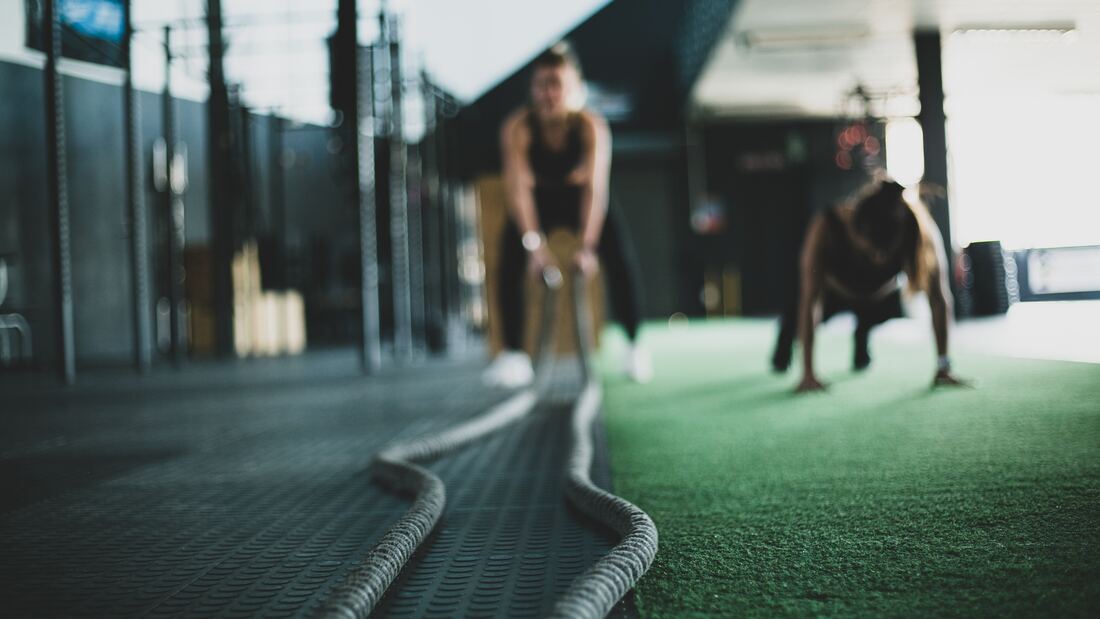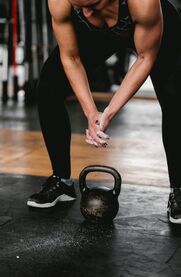| 1. Start off with less than you think you can do. It’s tempting to go back into our old routines straight away, but we’d be wise to start slow. Start at about 75% of what you think you could do. Do this amount/weight/speed for several days or sessions then increase by 5-10%. Repeat this several times if you feel you are going well, and work back to your previous level. |
Another way to ease back in is by breaking things up. Do what you may have done before, but do it in multiple lots. For example, instead of doing 2 lots of 10 of an exercise at the gym, start with 4 lots of 5, with 1-2 minutes rest in between. Or instead of an hour straight training for your sport, do 3 lots of 20 minute efforts, with 5 minutes rest breaking these blocks up. This strategy will give you that little more rest your body needs while its getting used to your previous levels.
| 3. Get some strength work in around your sport. Chances are over the last few months the muscles that support and protect your joints aren’t as strong as they were pre-lockdown. This is why it’s really important to get some strength work started as you ramp up training and get back into games. Particularly for sports involving lots of running and jumping like footy and basketball, having good leg strength is a major part of avoiding injury. Easy stuff you can do at home like single leg squats and calf raises will greatly reduce your risk of injury and increase your performance. |
Author: Physiotherapist Noah Schutz
Noah completed his Masters of Physiotherapy at Flinders University. He has a real passion for keeping active and loves using this to help people get back to doing the things that are important to them. Noah has always been a keen player and watcher of sports, in particular basketball and Aussie Rules football. With time spent the previous 2 years working with a local footy team, where he was able to work with both junior and senior players in acute injury assessment and management.


 RSS Feed
RSS Feed